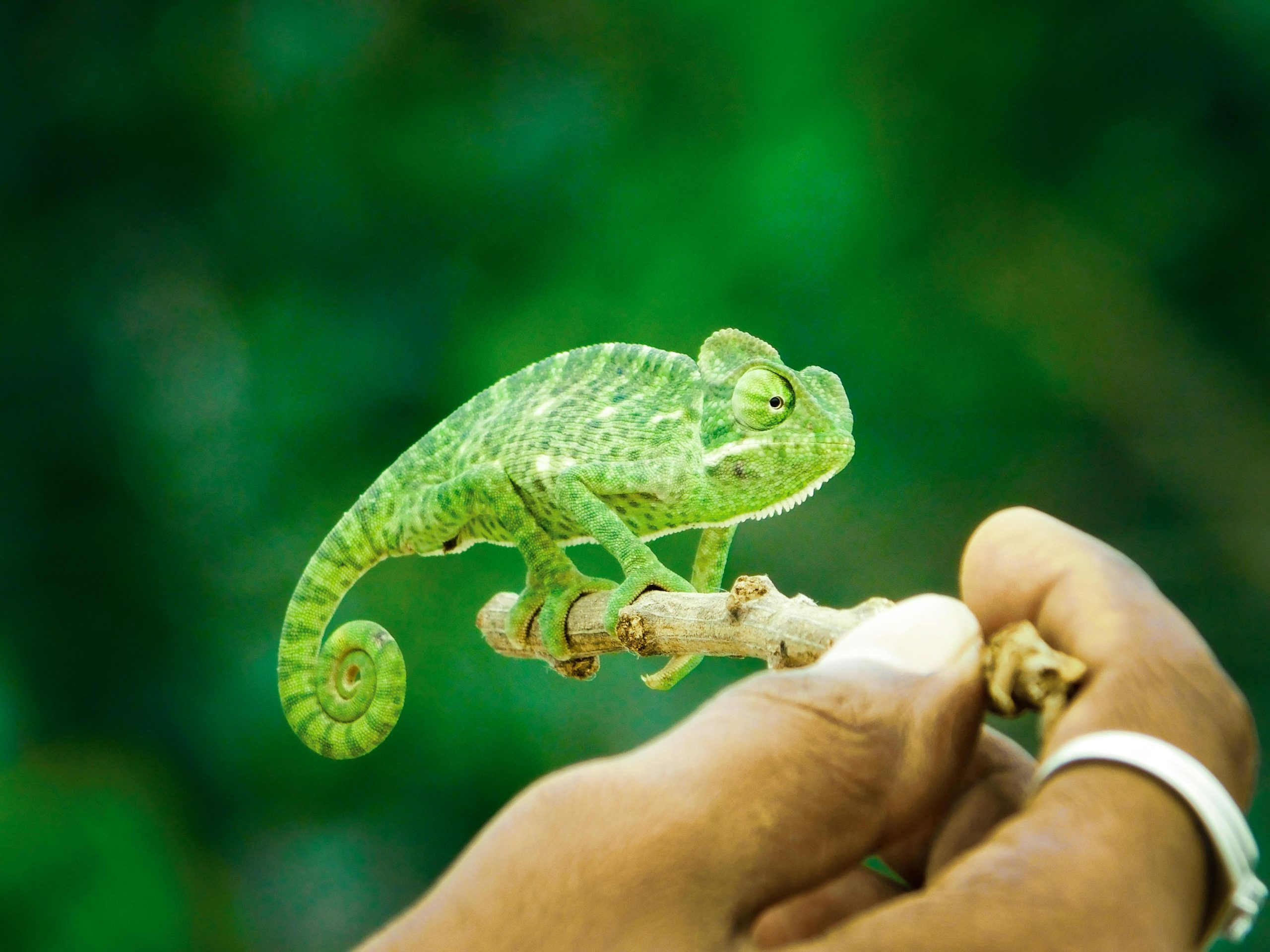Chameleons are fascinating creatures known for their unique ability to change color and blend seamlessly into their surroundings. These masters of camouflage have captivated scientists and nature enthusiasts for centuries with their remarkable capabilities.
Adaptation to Environment
Chameleons are native to Africa, Madagascar, and parts of Asia and are commonly found in trees and shrubs. Their ability to change color is not just for aesthetics; it serves as a defense mechanism against predators and helps them capture prey. Chameleons have specialized cells called chromatophores that allow them to change color by adjusting the distribution of pigments in their skin.
Color Changing Process
When chameleons change color, they are not trying to match their surroundings perfectly, but rather to create a disruptive pattern that confuses predators. This process is controlled by the chameleon’s nervous system and is influenced by factors such as temperature, light, mood, and social interactions. Chameleons can change color rapidly to blend in or stand out depending on their needs.
Visual Communication
Chameleons also use their color-changing abilities for communication with other chameleons. Males often display bright colors to attract females or intimidate rivals, while females may exhibit muted colors to signal their receptiveness to mating. This visual communication plays a crucial role in chameleon social interactions and breeding behavior.
Other Camouflage Techniques
In addition to their color-changing abilities, chameleons have other adaptations for camouflage. They have a unique body shape and movements that mimic leaves or branches swaying in the wind, making them difficult to spot by predators. Some species of chameleons also have horn-like protrusions or flaps of skin that further enhance their camouflage.
Challenges in the Wild
Despite their impressive camouflage abilities, chameleons face threats in their natural habitats from habitat loss, pollution, and climate change. Deforestation and urbanization have reduced the chameleon populations in many areas, making them more vulnerable to predation and competition for resources. Conservation efforts are underway to protect these fascinating creatures and their unique adaptations.
Conclusion
Chameleons are true masters of camouflage in the wild, with their ability to change color and blend seamlessly into their surroundings. Their unique adaptations and behaviors make them fascinating subjects for study and highlight the importance of preserving their natural habitats. By understanding and appreciating these remarkable creatures, we can help ensure their survival for future generations to enjoy.
